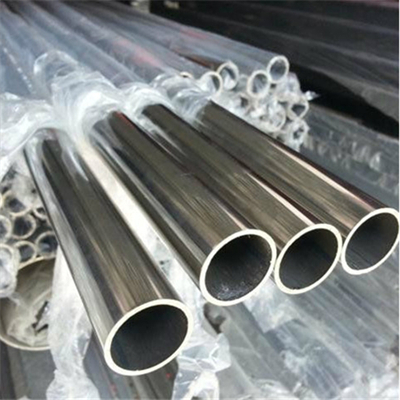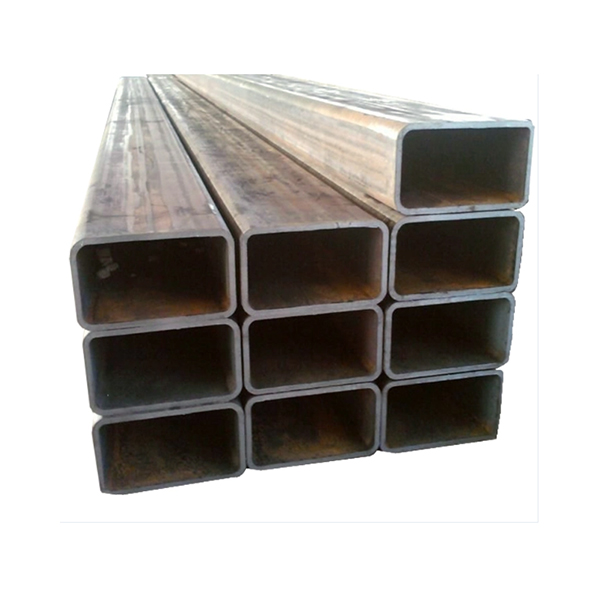Last week, Vietnam released its Resource Mobilisation Plan (RMP) for the Just Energy Transition Partnership it formed last year. But the RMP is just one pillar of a multifaceted approach to Vietnam’s green energy transition, in this article Vietnam briefing looks at one other: the National Strategy on Green Growth Strategy.
Despite their small size, shrimp have become big business in Vietnam. In this article, we take a broad overview of the sector and where foreign investors may find the most lucrative opportunities. China ERW Pipe and Ms Pipes

In a busy week at Vietnam’s National Assembly, a VAT tax reduction has been approved alongside a top-up tax in response to the OECD Global Minimum Tax initiative. Here’s the details.
Vietnam’s Just Energy Partnership Resource Mobilization Plan (JETP-RMP) has been completed and was presented last Friday at the Conference of Parties 28 in Dubai. Here are the key takeaways from the plan.
Vietnam’s skilled labor force has been a key point of interest for foreign firms of late. This is on the back of a strong push from the Vietnamese government toward developing the country’s high-tech industries, semiconductors in particular. It’s with this in mind that the Vietnam Briefing looks at how Vietnam plans to develop its workforce.
Vietnam Briefing has developed into a premium source for insight on doing business in Vietnam. It publishes business news concerning foreign direct investment into Vietnam, including the most important tax, legal and accounting issues. The Vietnam Briefing Magazine was first published in 2009, and is contributed to by investment professionals based in Vietnam.
As the patchwork of multilateral free trade agreements governing international trade grows, so too does the use of non-tariff barriers like antidumping and countervailing duties. Here’s what foreign firms in Vietnam need to know and why doing a periodic supply chain audit is becoming increasingly business-critical.
Vietnam has signed up to a total of 15 free trade agreements with two more expected to be signed in the next year or so. These trade agreements have significantly lowered tariffs for businesses importing goods and services into Vietnam and companies in Vietnam exporting to other parts of the world.
But despite the prosperity free trade brings, there can often be negative consequences with foreign companies taking advantage of improved trade conditions to dump surplus goods on foreign markets.
Furthermore, governments often look to protect domestic industries impacted by reduced tariffs by providing subsidies. This can give those industries an unfair advantage in their export markets.
It is this reality that has given rise to antidumping duties (ADDs) and countervailing duties (CVDs). These two non-tariff barriers have become an important part of international trade and continue to grow in prominence.
Understanding how these mechanisms work in the Vietnamese context can be crucial when diversifying supply chains to include the rapidly growing Southeast Asian nation. It can also be helpful when establishing regional cross-border supply chains.
In Vietnam, ADDs and CVDs are handled by the Trade Remedies Authority of Vietnam, which reports to the Ministry of Industry and Trade.
There are currently 25 ADDs being applied to goods exported to Vietnam as well as one CVD. These are all targeted at exports from countries in Asia except for two ADDs that apply to some yarn products and certain sorbitol based products from India.
Notably, these measures are not only applied to alleged dumping nations but also third countries allegedly being used to circumvent Vietnam’s trade remedies.
Thailand, for example, is currently subjected to ADDs and CVDs on sugar products (See Decision No.1578/QD-BCT).
This was extended in August of last year (See Decision No. 1514/QD-BCT), by the Ministry of Industry and Trade (MoIT), to include sugar imported from Cambodia, Indonesia, Laos, Malaysia, and Myanmar. These five countries, MoIT found, were being used as third parties by Thai producers to circumvent trade remedies applied to Thai sugar.
This practice, of applying ADDs and CVDs to third countries is not unique to Vietnam either. On the contrary, Vietnam itself has been subjected to ADDs and CVDs as a third-party country used to circumvent trade remedies in other jurisdictions on multiple occasions.
The ongoing so-called ‘trade war’ between China and the United States is fuelling a shift into Vietnam but that doesn’t always necessarily mean building manufacturing plants and factories.
Chinese manufacturers are increasingly looking at Vietnam as an access point to foreign markets and a way to circumvent trade restrictions on imports from China.
Solar panels made in China, for example, are subjected to antidumping duties in the US after it was determined that they were being sold below cost. These tariffs were applied in 2012 and subsequently saw Chinese manufacturers shift production to Taiwan. US tariffs were then extended to include Taiwan too.
This has now escalated further to include several companies in a number of Southeast Asian nations – last year, a US Department of Commerce investigation found that solar panels made by four companies exporting to the US from Malaysia, Thailand, Cambodia, and Vietnam were mostly made in China.
These four Southeast Asia nations, it found, were being used to circumvent ADDs and CVDs on the aforementioned solar panels. But this was just a preliminary hearing and there is still time for those companies to appeal. If the outcome is upheld, however, it could see ADDs/CVDs applied to imports from these countries to the tune of US$5 billion.
The use of ADDs and CVDs has grown substantially in recent years as free trade agreements have proliferated.
From 2001 to 2010, a total of 483 antidumping measures went into force. The following decade, from 2011 to 2020, that number ballooned to 1323. The bulk of those measures were initiated by the United States and China was the most popular target, according to World Trade Organisation data.
Also of note is a huge spike in 2021. Whereas in 2020 just 106 new measures were enacted, the following year that number was 285.
There has also been a big uptick in countervailing measures. From 2001 to 2010, just 41 countervailing duties were in force. From 2011 to 2020, however, that number climbed to 151. There was also a huge spike in CVDs in 2021 with 38 measures put into place compared to just 21 a year earlier.
There is a point of note here..
Though on an upward trajectory overall, the number of new ADDs and CVDs dropped in 2020 versus 2019. This could be because of the pandemic slowing production and export volumes. By the same token, the spike in 2021 could be because of economies bouncing back. It could also be that the economic situation was volatile, and companies may have felt the need to take drastic measures, such as dumping excess stock, in order to stay afloat.
That said, it’s difficult to draw any definitive conclusions. Suffice to say, there are more ADD and CVD measures in place now than ever before.
All of this is to say that though free trade agreements are opening up markets and creating avenues for diversified supply chains, through ADDs and CVDs – nation states are empowered to protect domestic enterprises.
With this in mind, it is important to note that Southeast Asia’s supply chains are becoming increasingly intertwined with the origin points of parts and materials sometimes opaque. Foreign firms need to do their due diligence on the companies they engage with across their supply chains to avoid costly ADD/CVD measures.
Companies considering diversifying their supply chains, particularly out of China, need to be mindful of this new paradigm.
Ensuring that compliance controls are in place in the case of local partners, clear knowledge of the corporate affiliations of partners, and an understanding of where raw materials and key inputs are sourced, are necessary to avoid being on the wrong side of an antidumping investigation.
Foreign firms should also be mindful that the ADD/CVD mechanism may be an option in case their Vietnam operations are impacted by unfair trade practices.
That said, ADDs and CVDs are just one among many potential complications that need to be considered when establishing cross-border supply chains. In this light, for expert advice on navigating potential trade barriers and legal pitfalls, contact the experts at Dezan Shira and Associates.
Source: Countervailing measures – Trade Remedies Data Portal
Source: Antidumping measures – Trade Remedies Data Portal
Vietnam Briefing is published by Asia Briefing, a subsidiary of Dezan Shira & Associates. We produce material for foreign investors throughout Eurasia, including ASEAN, China, India, Indonesia, Russia & the Silk Road. For editorial matters please contact us here and for a complimentary subscription to our products, please click here.
Dezan Shira & Associates provide business intelligence, due diligence, legal, tax and advisory services throughout the Vietnam and the Asian region. We maintain offices in Hanoi and Ho Chi Minh City, as well as throughout China, South-East Asia, India, and Russia. For assistance with investments into Vietnam please contact us at vietnam@dezshira.com or visit us at www.dezshira.com
Our free webinars are packed full of useful information for doing business in Vietnam.
Meet the firm behind our content. Visit their website to see how their services can help your business succeed.
Subscribing grants you this, plus free access to our articles and magazines.
Subscribe to receive weekly Vietnam Briefing news updates, our latest doing business publications, and access to our Asia archives.
Sign up for your complimentary subscription to our weekly newsletter here.

Stainless Steel Pipe 3 Inch Type keyword to begin searching...